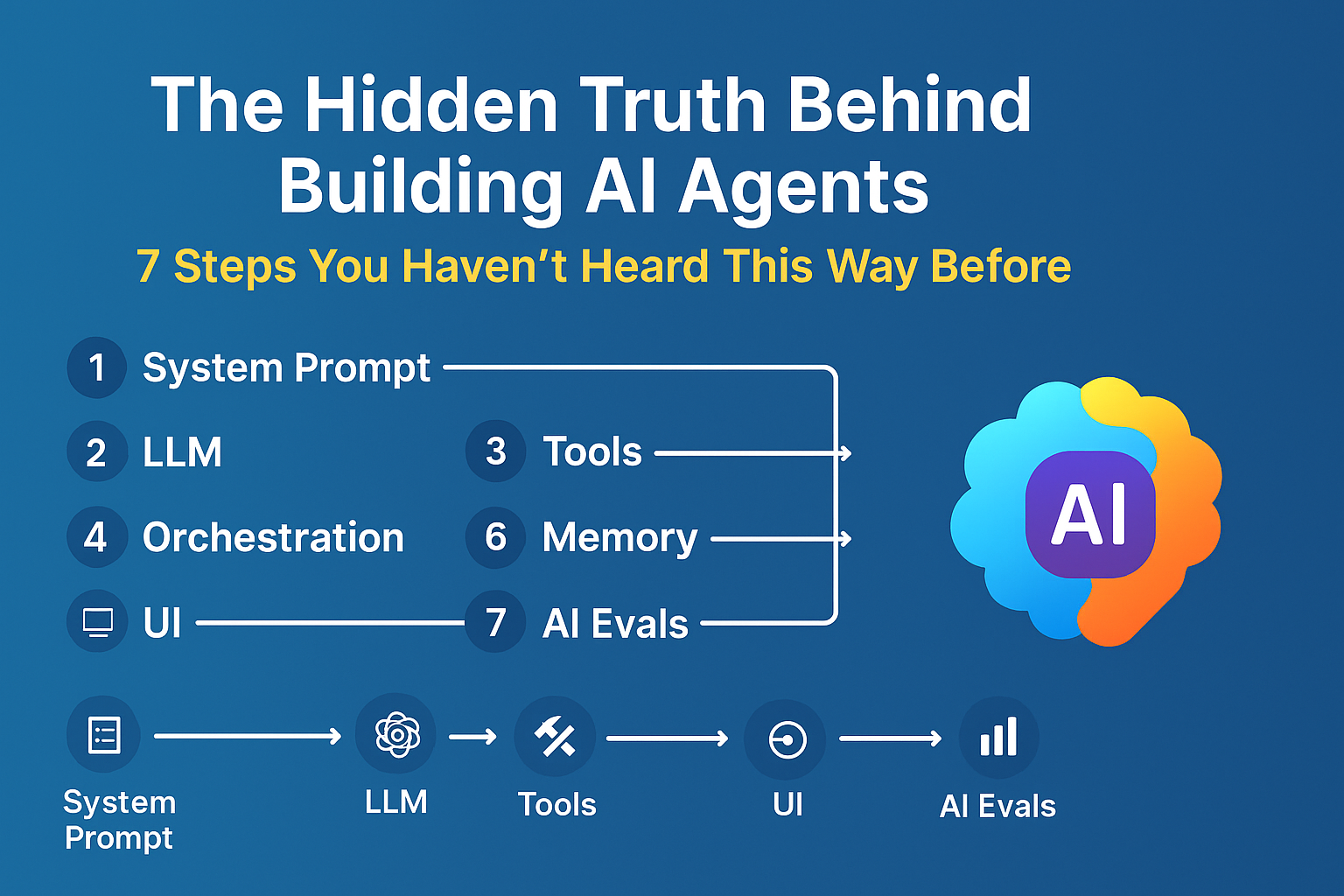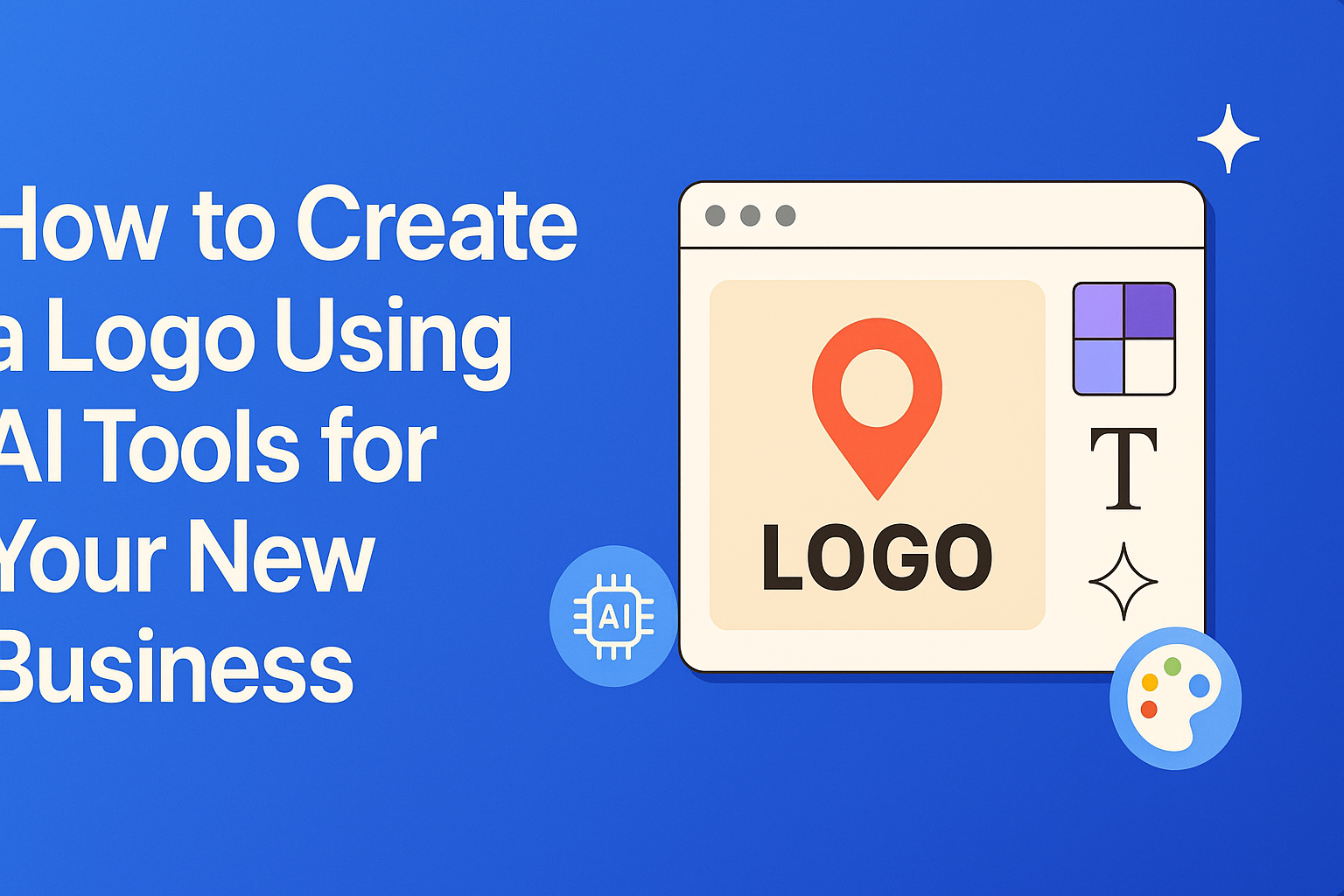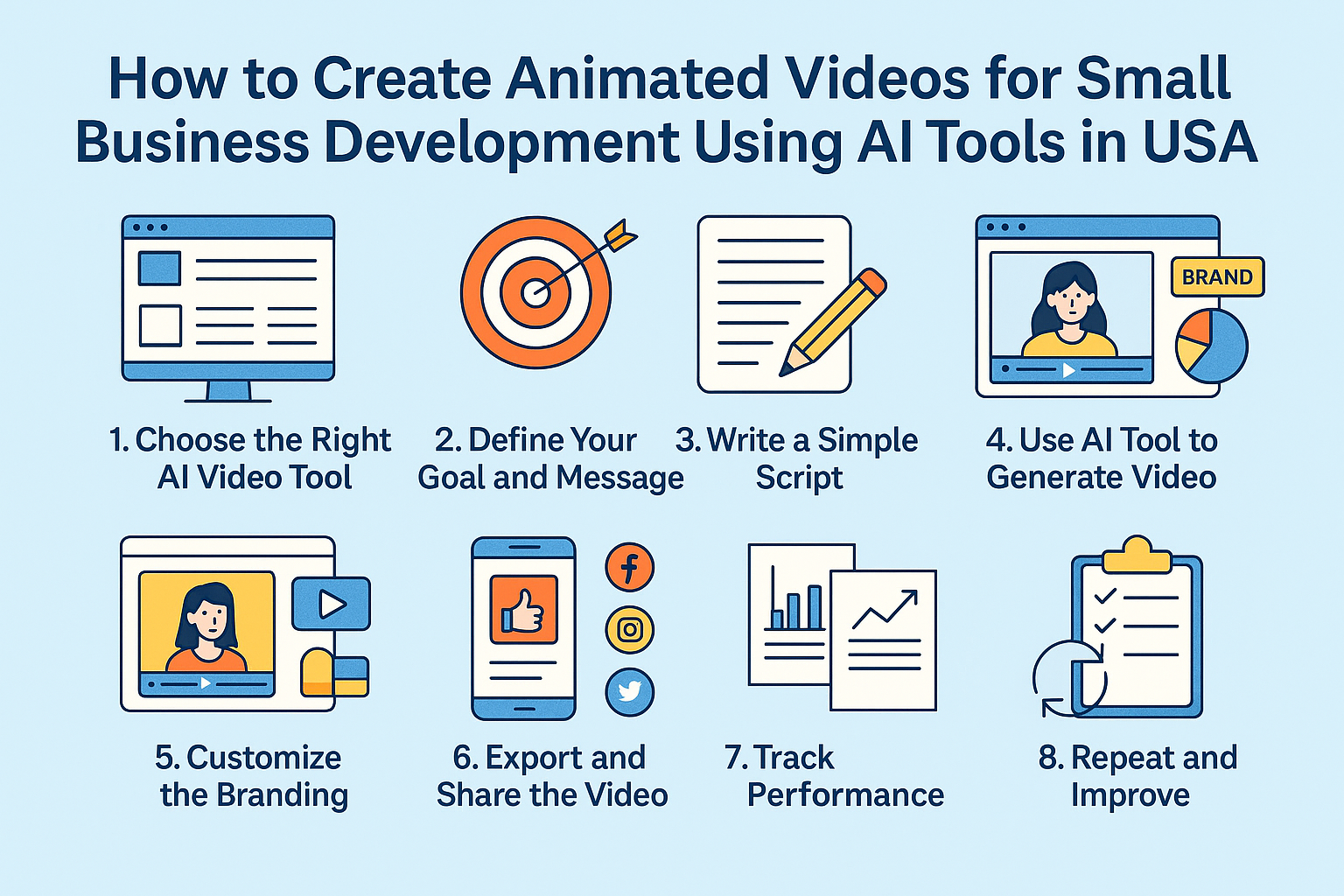Listen Now Our Blog Podcast
Getting your Trinity Audio player ready... |
AI in Predictive Maintenance
The factory floor is experiencing a metamorphosis. Gone are the days of grease-stained overalls and reactive maintenance schedules.
Today, cutting-edge technology like Artificial Intelligence (AI) is transforming the way we keep machines humming, ushering in the era of predictive maintenance.
But why is AI so crucial for predictive maintenance in manufacturing? This article delves deep into the heart of this revolution, exploring its game-changing potential and the intricate tapestry of benefits it weaves for the industry.
From Breakdowns to Breakthroughs: The Rise of Predictive Maintenance
Traditionally, maintenance in manufacturing has been a passive dance with breakdowns.
We wait for machines to sputter and cough, then scramble to fix them – a costly waltz of downtime, production delays, and safety hazards. This approach is akin to driving blindfolded – we hope for the best but brace for the worst.
Predictive maintenance, on the other hand, is a proactive tango with foresight. It leverages the power of AI and data analytics to predict equipment failures before they waltz right out of the production line.
By continuously monitoring sensors embedded in machines, AI algorithms become astute dance partners, detecting subtle changes in operating conditions, identifying anomalies that hint at potential meltdowns, and predicting the likelihood of failure with uncanny accuracy.
The Power of AI in Predictive Maintenance: A Multifaceted Approach
AI’s role in predictive maintenance is a multifaceted performance, encompassing various acts:
- Data Collection and Analysis: AI algorithms are data junkies, ingesting vast amounts of data from sensors like vibrations, temperatures, and power consumption. They then analyze this data like seasoned detectives, identifying patterns and trends that whisper tales of impending failures.
- Machine Learning: AI is a quick learner, constantly refining its predictive models over time through historical data and real-time monitoring. This continuous learning ensures the system becomes a more accurate maestro with every beat of the production line.
- Proactive Alerts and Recommendations: Based on its analysis, the AI system becomes a vigilant sentry, triggering timely alerts when it detects potential trouble brewing. These alerts, sent to maintenance personnel, allow them to schedule preventive repairs before the equipment throws a tantrum and disrupts the production flow.
- Root Cause Analysis: AI doesn’t just predict breakdowns; it’s a skilled diagnostician. It can help identify the root cause of equipment failures, enabling manufacturers to address underlying issues and prevent similar breakdowns from becoming a recurring nightmare.
The Benefits of AI-Powered Predictive Maintenance: A Symphony of Advantages
Implementing AI-powered predictive maintenance offers a range of benefits for manufacturers, akin to a harmonious symphony:
- Reduced Downtime: By predicting and preventing failures, manufacturers can minimize downtime and keep their production lines humming like a well-oiled orchestra. This translates to increased productivity, output, and revenue, a sweet melody for any business.
- Lower Maintenance Costs: Predictive maintenance eliminates the need for expensive and time-consuming emergency repairs, the discordant notes of the reactive approach. Instead, manufacturers can schedule routine maintenance during planned downtime, leading to significant cost savings, and a welcome budget harmony.
- Improved Equipment Lifespan: By proactively addressing potential issues, manufacturers can extend the lifespan of their equipment. This reduces the need for replacements and associated capital expenditures, keeping the financial instruments in tune.
- Enhanced Safety: Early detection of potential failures can help prevent accidents and injuries, creating a safer working environment for employees, a crucial harmony for any organization.
- Data-Driven Decision Making: AI provides manufacturers with valuable insights into their equipment performance, like a conductor deciphering the score. This enables them to make data-driven decisions about maintenance, resource allocation, and production planning, ensuring the entire manufacturing process plays in perfect harmony.
The Future of AI in Predictive Maintenance: A Glimpse into the Horizon
The integration of AI in predictive maintenance is still in its early stages, but the future holds immense promise, like a captivating crescendo waiting to unfold. As AI technology continues to evolve, we can expect even greater advancements, such as:
- Self-healing machines: AI systems could potentially learn to automatically adjust operating parameters or even trigger minor repairs to prevent failures, becoming the in-house doctor of the factory floor.
- Predictive maintenance for entire production lines: AI could analyze data from interconnected machines like a skilled conductor, predicting and preventing disruptions across the entire production process, ensuring smooth and uninterrupted performance.
Integration with other technologies: AI could be combined with other emerging technologies, such as the Internet of Things (IoT) and digital twins, to create even more sophisticated and effective predictive maintenance systems.
Imagine sensors embedded in every facet of the production line, feeding data to a virtual replica of the entire system – a digital twin.
AI, analyzing both the real and virtual worlds, could then predict even the subtlest anomalies and optimize maintenance across the entire production ecosystem.
Challenges and Solutions: While the advantages of AI-powered predictive maintenance are undeniable, embracing this technology presents certain challenges:
- Data Infrastructure and Connectivity: Implementing AI requires robust data infrastructure and reliable connectivity to ensure smooth data flow.
- Manufacturers need to invest in sensors, data storage solutions, and secure communication networks to reap the full benefits of AI.
- Talent and Expertise: Analyzing complex data sets and building effective AI models requires specialized skills and expertise.
- Manufacturers may need to hire data scientists, AI engineers, and IT professionals to navigate the intricacies of AI implementation.
- Security and Privacy Concerns: AI systems handle sensitive data, necessitating robust cybersecurity measures and data privacy protocols.
- Manufacturers need to ensure adequate data protection and adhere to relevant regulations to avoid security breaches and privacy violations.
Overcoming these challenges requires a well-defined strategy, partnerships with technology providers, and ongoing training and development programs for personnel.
Manufacturers need to approach AI implementation with a long-term vision, understanding that the initial investment can yield significant benefits over time.
Real-World Examples: The power of AI-powered predictive maintenance is not just theoretical; it’s already transforming industries. Consider these real-world examples:
- Aircraft manufacturers: Implementing AI-powered predictive maintenance has allowed aircraft manufacturers to significantly reduce aircraft downtime and ensure safety by predicting component failures before they occur.
- Energy companies: Wind turbine operators are using AI to predict potential failures in turbine blades, preventing costly breakdowns and power outages.
- Automotive manufacturers: Automobile manufacturers are utilizing AI to optimize engine performance and predict component wear, leading to extended vehicle lifespans and reduced maintenance costs.
Conclusion: AI – The Maestro of Future Manufacturing
- The integration of AI in predictive maintenance is not just a trend; it’s a fundamental shift in the manufacturing landscape.
- By embracing this transformative technology, manufacturers can unlock a new era of efficiency, productivity, and sustainability.
- AI becomes the maestro of the factory floor, orchestrating a symphony of machines performing at their peak, reducing downtime, minimizing costs, and ensuring safety.
- So, as the manufacturing industry evolves, let AI be the guiding melody, leading the way toward a future where machines hum in harmony and innovation dances to the rhythm of progress.




